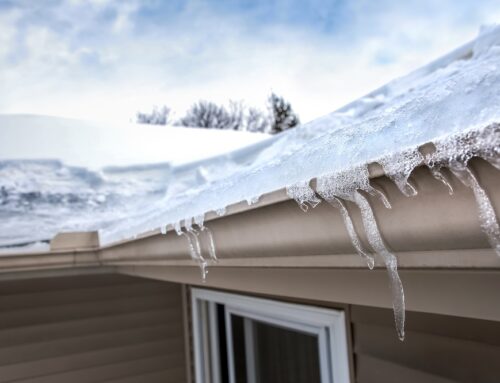Most new homes have GFCI outlets, which are required when an outlet is near water. But older homes don’t have them – and that means homeowners are at risk.
Here’s what you need to know about GFCI outlets.
Should You Have GFCI Outlets?
The National Electric Code, or NEC, requires GFCI outlets in new construction if the outlets are near water. Older homes don’t have to have them – unless the home is being rewired – but in many cases, it’s a good idea to have them.
What are GFCI Outlets?
GFCI stands for ground fault circuit interrupter, and what it does is reduce the risk of people being severely shocked or electrocuted.
Regular outlets, like the ones in your living room (or those in older homes’ bathrooms and kitchens) aren’t equipped to protect people from electrical injury. You can tell a GFCI outlet because it has two buttons between the plugs: one that says “RESET” and one that says “TEST.”
These outlets can still shock you, but they prevent a prolonged surge of electricity – the kind that could injure or kill you. The National Electric Code now requires these outlets in bathrooms and kitchens, as well as anywhere else that the outlet will be close to water. However, about 43 million homes in the U.S. don’t have them in so-called “wet” rooms – and 47 percent of electrocutions could be prevented in older homes if these GFCI outlets were installed.
Do You Need a Disaster Remediation Expert in Washtenaw County or Jackson County?
If your home has already been damaged, we can help. Check out our services and call Exact Recon for your free disaster remediation quote today. We offer:








